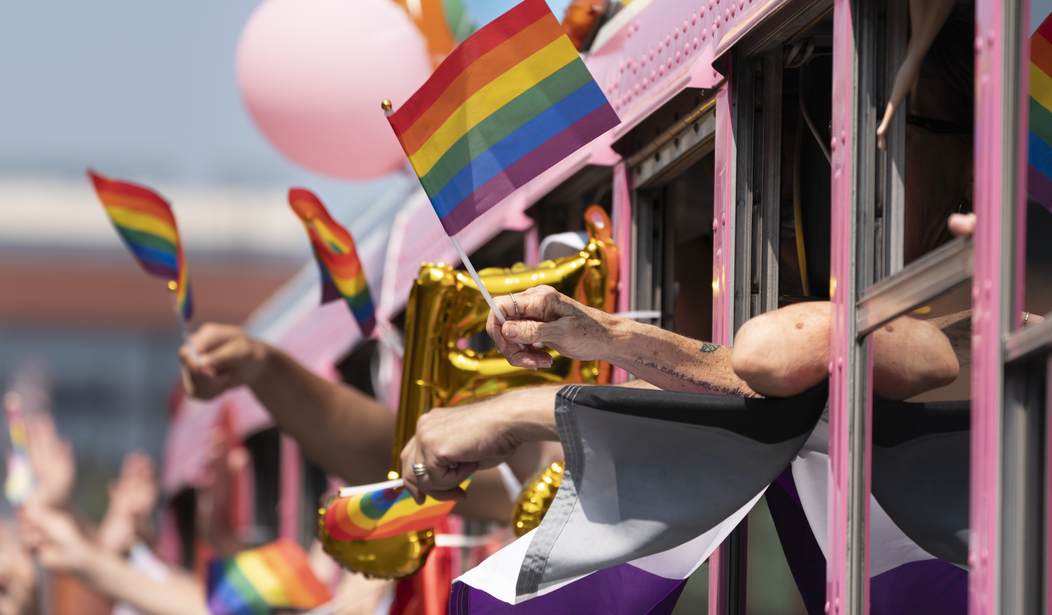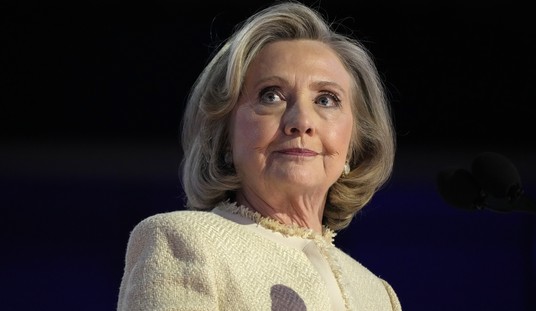Last year, Townhall covered how a poll showed that 28 percent of Generation Z adults claim that they identify as LGBTQ+. This compared to 16 percent of millennials, 7 percent of Generation X, 4 percent of baby boomers and 4 percent of the Silent Generation.
A separate survey found that nearly 30 percent of Gen Z women identify as a member of the LGBTQ+ community.
Additionally, a study published by the NORC Center for Public Affairs Research and the LA Times found that nearly half of Americans believe that young people are being influenced by culture to identify as LGBTQ+.
It appears that this social contagion is playing out.
According to a Gallup poll released Thursday, this figure of adults who identify as part of the LGBTQ+ community has increased. Now, 9.3 percent of U.S. adults identify as LGBTQ+.
Recommended
This figure has nearly doubled since 2020 and is up from 3.5 percent in 2012, the first year Gallup measured it (via Gallup):
LGBTQ+ identification is increasing as younger generations of Americans enter adulthood and are much more likely than older generations to say they are something other than heterosexual. More than one in five Gen Z adults -- those born between 1997 and 2006, who were between the ages of 18 and 27 in 2024 -- identify as LGBTQ+. Each older generation of adults, from millennials to the Silent Generation, has successively lower rates of identification, down to 1.8% among the oldest Americans, those born before 1946.
Jeff Jones, senior editor at Gallup, spoke on these numbers to NBC News. He stated that he “didn’t expect that increase to happen so fast.”
“I didn’t think we would get to 10% as quickly,” Jones said. “We’re not quite there yet, but it seems like maybe it’s only a few years away, where before I thought it could have been a couple decades or so. We’re getting pretty close to that 1 in 10 figure, which I think would be a notable milestone.”
The latest results are based on interviews with more than 14,000 U.S. adults across all 2024 Gallup telephone surveys. Each respondent is asked whether they identify as straight or heterosexual, lesbian, gay, bisexual, transgender or something else.
Overall, 85.7 percent indicated that they are straight, 5.2 percent said that they are bisexual, 2 percent are gay, 1.4 are lesbian and 1.3 are transgender. Just under 1 percent of respondents mention some other LGBTQ+ identity, such as pansexual, asexual or queer. Five percent of respondents decline to answer the question.

























